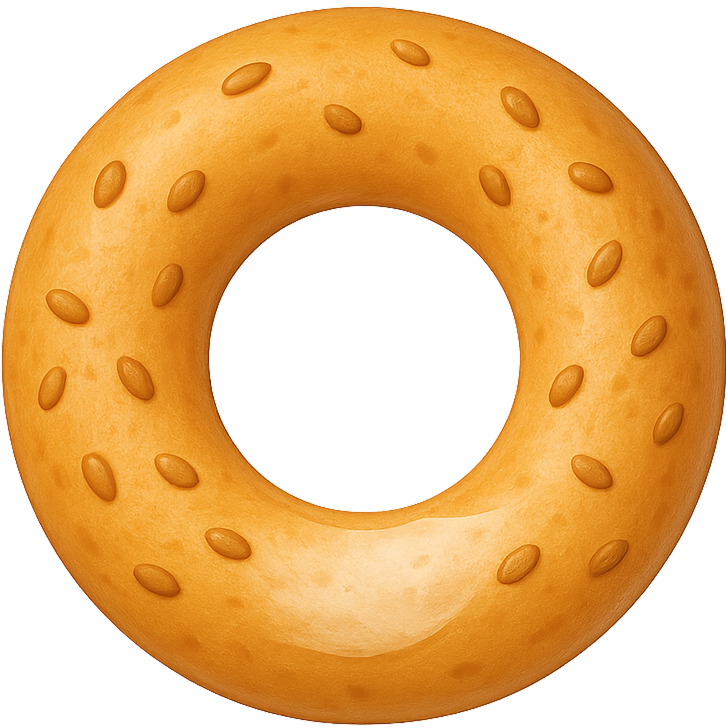
Nature Communications Feeds
Open access journal for high-quality research in biological, health, physical, chemical, and Earth sciences. Rapid publication process.

https://www.nature.com/subjects/neuroscience.rss


Neuroscience : nature.com subject feeds
Latest news and research from Nature.com on the topic of Neuroscience

https://www.nature.com/ncomms.rss


Nature Communications
<p><em>Nature Communications</em> is an open access, multidisciplinary journal dedicated to publishing high-quality research in all areas of the biological, health, physical, chemical and Earth sciences. Papers published by the journal aim to represent important advances of significance to specialists within each field.</p>
<p>We are committed to providing an efficient service for both authors and readers. Our team of independent editors make rapid and fair publication decisions. Prompt dissemination of accepted papers to a wide readership and beyond is achieved through a programme of continuous online publication. </p>

Select a feed to view its content


